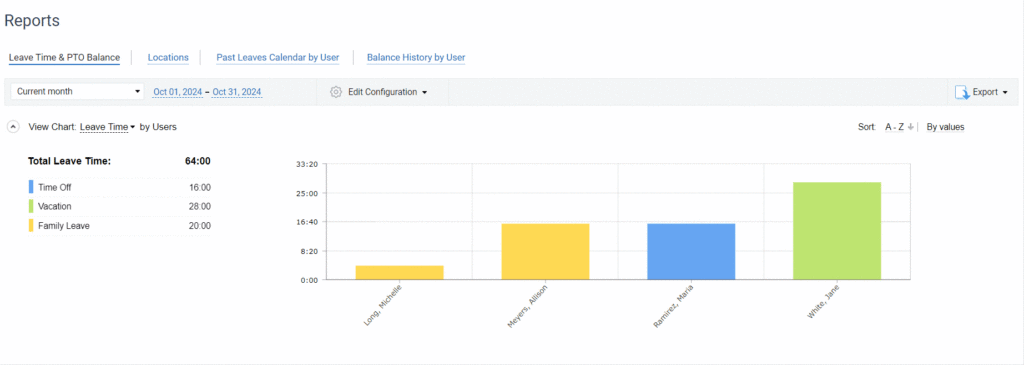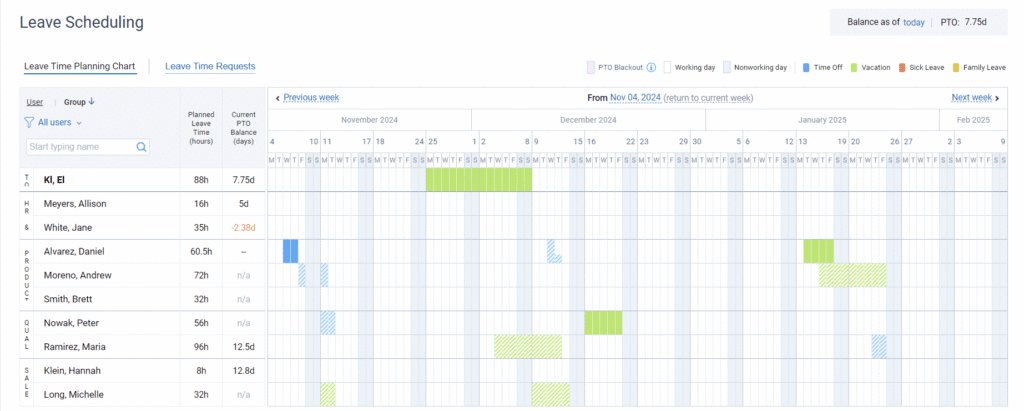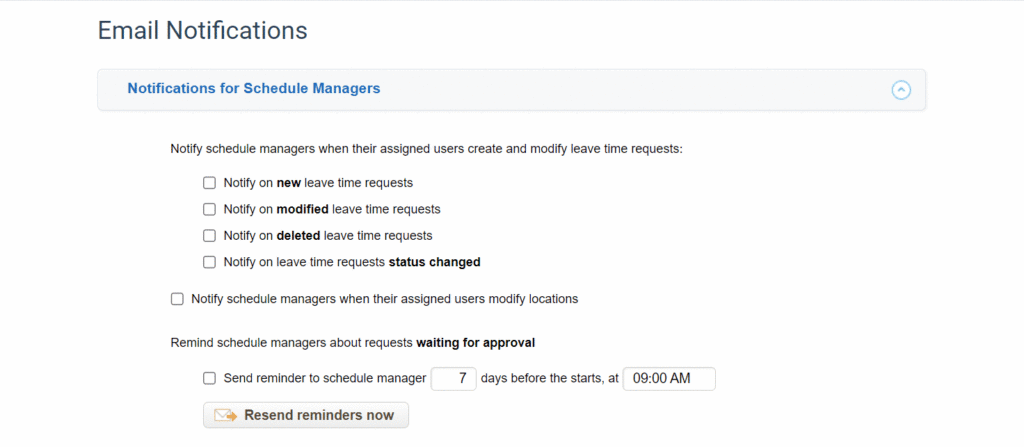When unlimited PTO started popping up around the early 2010s, it seemed like a breath of fresh air.
Big companies like Netflix and Amazon marketed it as a way to empower employees, giving them the freedom to take time off as needed—no more counting down the days until your next vacation, and employees cheered at the thought of no longer being shackled by a set number of vacation days.
But as with most things that sound too good to be true, the reality was a bit more complicated, and during the fifteen years of its existence, the concept has raised a fair bit of controversy.
Some pointed out that this policy could lead to burnout, with employees feeling pressured to work harder instead of taking that much-needed break.
Others said that unlimited PTO could actually be a sneaky way for employers to avoid paying out accrued vacation days when employees leave.
A famous TikToker, @jobdoctortessa, even called it a scam. A video where she’s saying that unlimited PTO saves a company “millions if not billions of dollars” got more than 80,000 views, which proves that the number of critics of this model is blasting.
However, the story doesn’t end here. Just when we thought we had seen it all with unlimited PTO, enter stage left: trust-based PTO.
This new concept takes the essence of unlimited PTO but adds a sprinkle of accountability and structure.
So, what’s the difference, and is the new format here to stay?
Summary
Trust-based Paid Time Off (PTO) offers a flexible alternative to traditional vacation policies.
To successfully implement it, you need to take the following steps: set clear guidelines, promote open communication, track leave usage, and gather feedback for continuous improvement.
Unlimited PTO Vs Trust-Based PTO
Unlimited PTO sounds just like it is—take as much time off as you want! There are no caps on your vacation days, but there’s usually an unspoken expectation to ensure that your work is getting done and that you’re not taking advantage of the system.
On the flip side, some employees might feel guilty about taking time off or worry about how it looks to their bosses and colleagues, which can cause resentment among coworkers.
Trust-based PTO, on the other hand, is all about giving employees the freedom to take time off as they need it, based on a foundation of mutual trust between the employer and the employee.
However, similar to unlimited PTO, it can create a weird dynamic where employees hoard their days. Besides that, there’s always a question: “How much PTO is too much?”
How to Use Trust-Based PTO Right?
Allison Rutledge-Parisi, the senior vice president of people at Justworks, an HR-tech company, told Business Insider, “Unlimited PTO can serve as a self-care and retention tool for employers and employees, respectively—but only if organizations are encouraging time off within the work culture.”
Neha Khurram, the founder of The Hiring Community, a networking community of founders and recruiters, agreed: “Without a recommended minimum, such as 4 weeks, reminders, and a culture of actually taking time off with access to email and instant messaging cut off, employees are unlikely to make use of their time off.”
It’s highly likely that regardless of its more balanced nature, introducing trust-based PTO will require the same approach.
Step 1: Get buy-in from leadership
As trust-based PTO is based on the open communication between employees and managers about taking time off, you first and foremost need to get your leadership team on board.
- Share articles, case studies, or even invite a speaker who has successfully implemented trust-based PTO in their organization.
- Highlight the benefits, like improved employee satisfaction and retention.
- Be prepared to discuss potential worries, such as how to manage workloads and ensure accountability. Reassure them that with clear communication, these concerns can be mitigated.
- Suggest starting with a small pilot program to test the waters. This way, leadership can see the positive impact without committing to a full rollout right away.
actiPLANS tip: Collect and save the leave usage data during the testing period to prove that the company didn’t start losing money due to uncontrolled PTO.

Step 2: Create clear guidelines
Remember, trust-based PTO doesn’t mean “take off whenever you want” without any structure!
- Encourage employees to inform their managers in advance when they plan to take time off. Helps teams manage workloads and ensure no one feels overwhelmed.
- Outline your expectations around workload management. For example, if someone takes time off during a busy period, they should plan ahead to ensure their responsibilities are covered.
- Regularly remind employees that taking time off is important for their well-being and productivity. Encourage them to use their time off regularly rather than saving it all up for a big vacation.
actiPLANS tip: Use your leave tracking system to streamline leave scheduling; let everyone know who’s in and who’s out.

In case of necessity, black out specific periods to prevent employees from disrupting your operations.
Step 3: Train managers
Managers play a crucial role in making trust-based PTO successful. Here’s how to equip them:
- Provide training on how to have open conversations about time off. Everyone should feel comfortable discussing workload and planning with their team members.
- Encourage managers to take time off themselves. When leaders model healthy behavior, it sets the tone for the entire team.
- Implement regular check-ins between managers and their teams to discuss workload and any upcoming time-off plans.
actiPLANS tip: Set up notifications and reminders about planned and upcoming leaves and state holidays, helping employees maximize their time off.

Step 4: Gather feedback and adjust
After rolling out trust-based PTO, it’s essential to gather feedback from employees and managers.
- Conduct anonymous surveys to gauge how employees feel about the new policy. Are they comfortable taking time off? Do they feel supported by their managers?
- Host open forums or meetings where employees can share their thoughts and experiences with the new policy.
- Be open to making changes based on feedback. If something isn’t working, tweak it!
actiPLANS tip: Use analytics tools to help monitor usage patterns and ensure that no one is feeling overwhelmed or burnt out.
The Bottom Line
Introducing trust-based PTO can transform your workplace into one where employees feel valued and empowered. However, it’s essential to approach it thoughtfully and with an understanding of the certain implications and limitations.
With a PTO tracking and scheduling system like actiPLANS by your side, it will be much easier to account for them all.
So, if you’re ready to embrace a more flexible work environment that prioritizes well-being and productivity, give it a shot today!



